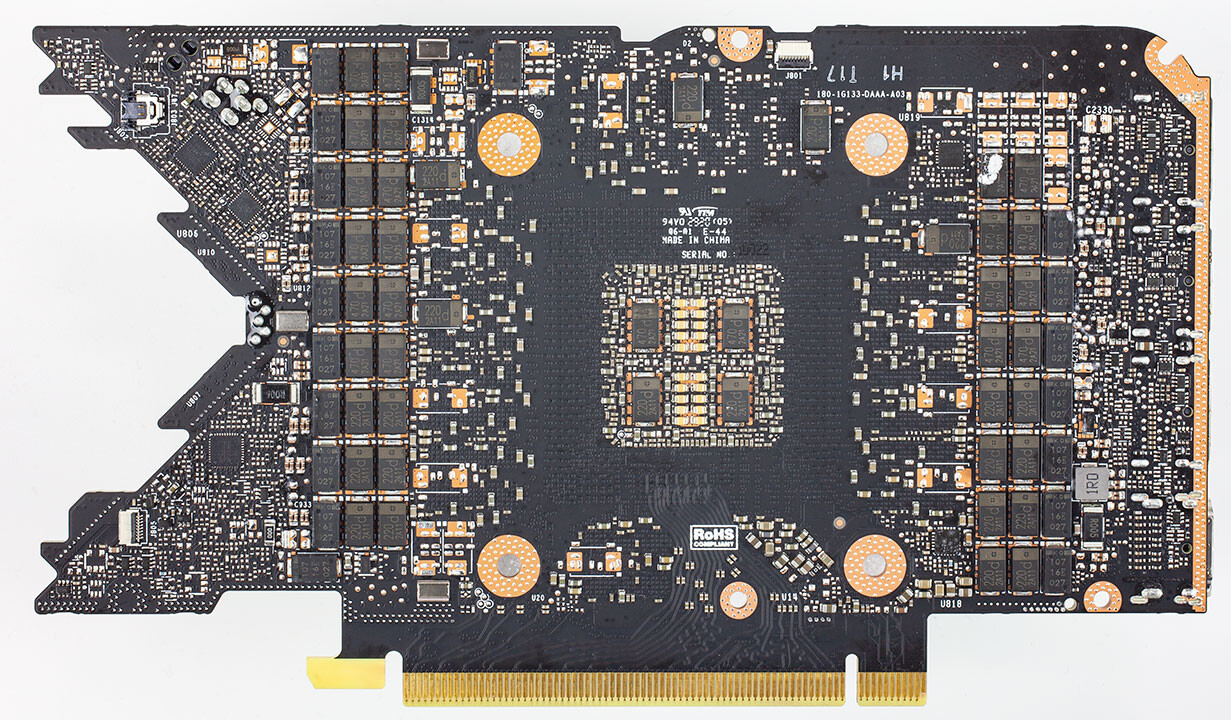PoSCap are solid polymer caps.
They are neither superior nor inferior, they just cover a different range (DC-10MHz) of the power supply filtering spectrum.
Different size capacitors are most effective across different ranges of the spectrum due to their packaging's intrinsic ESL. Once you pass a given capacitor's self-resonance frequency, it becomes more of an inductor than capacitor and stops contributing to supply filtering, which is why you see clusters of 3-5 different size caps to provide uniform coverage where smaller caps pick up at frequencies where the large caps become less effective.
The POSCAPs likely had too much total ESL to maintain sufficiently flat filtering until the next cap size down could pick up, so the GPU voltage got too noisy for stable operation beyond 2GHz on cards with no intermediate-size MLCCs between the POSCAPs and the rest.
Beginners' mistake as far as high speed circuit design is concerned.


